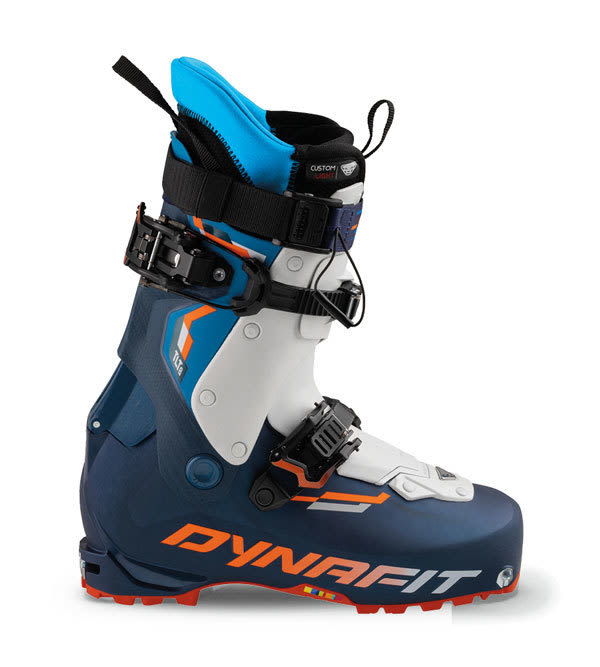Three Ski Tours Around Aspen

Ski tracks descend from the top of Hayden Peak.
Image: Art Burrows
Backcountry ski touring, long a staple of Aspen recreation, provides the perfect way to merge the thrill of downhill skiing with a more intense cardio workout, fewer people, and a better chance of finding powder. From beginner to expert, here are three recommended local outings (additional route specifics can be found at Backcountry Skiing Colorado).
Easy Entry: Sugar Bowls
This series of gently sloping snowfields nestled between Burnt Mountain and Buttermilk ski area offers sweeping views of the Maroon Creek Valley and leads down to an aspen grove. Begin your ascent at the West Buttermilk base; for more vertical and a longer tour, start at the bottom of Tiehack.
Step It Up: Hunter Creek Valley
Easily accessible from town via a trailhead off Red Mountain Road, Aspen’s backyard recreation area provides lofty vistas of the four ski areas (plus Pyramid Peak) and leads to areas like Van Horn Park. Lap these low-angle glades for fun powder turns.
Experts Only: Hayden Peak
Requiring excellent navigation skills, capable partners, and solid avalanche know-how, this tour is best attempted in spring when the snowpack has consolidated more. The classic route climbs 4,316 feet to Ski Hayden, the peak’s north summit, which tops out at 13,316 feet. Start by crossing Castle Creek on a snow or log bridge, then navigate the dense forest that encircles the peak’s lower elevation. About halfway up the ascent, you’ll arrive at the looming Stammberger Face, named after the legendary mountaineer who skied it regularly in the 1970s. Bypass the face to the right and continue on to the summit, where you’ll enjoy the sort of massive views of the east face of Pyramid Peak and North Maroon Peak that are typically reserved for the birds before arcing turns down the peak’s wide-open face.

Voile HyperVector BC ski
Pro Tip
“The absolute most important thing is the people you’re going with,” says Lou Dawson, author of Uphill Skiing and Light Tours of Colorado. “Everything else, including where you go, the gear you use, and your own fitness level, should be evaluated based off that.” Don’t have trusted partners? Hire a guide through local outfitters Aspen Expeditions or Aspen Alpine Guides. Or sign up for a basic course in avalanche awareness or an intro to skinning, both for the essential education and to meet others.
The Gear
Ski touring essentials include an avalanche beacon, probe, and shovel—and knowledge of how to use them; a map; a first-aid kit; and a backpack with water, extra layers, and snacks (we like locally made Mrs. Barr’s granola bars).
At 1,020 grams per boot, the Dynafit TLT8 Expedition ($750) offers comfort on long tours without sacrificing downhill performance. Couple it with the versatile but featherweight Voile HyperVector BC ski ($795) and the 70/30 mohair/nylon Pomoca Climb 2.0 skin (from $180) for the ultimate touring kit. Or find rentals at Bristlecone Mountain Sports (Basalt), Cripple Creek Backcountry (Aspen, Aspen Highlands, and Carbondale), and Ute Mountaineer (Aspen).

Dynafit TLT8 Expedition boot













































